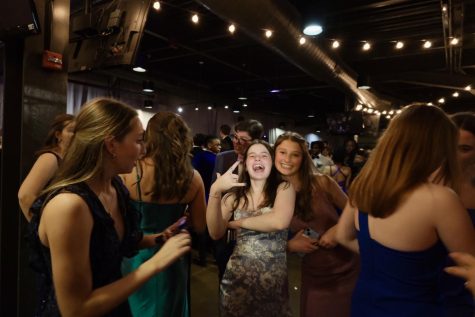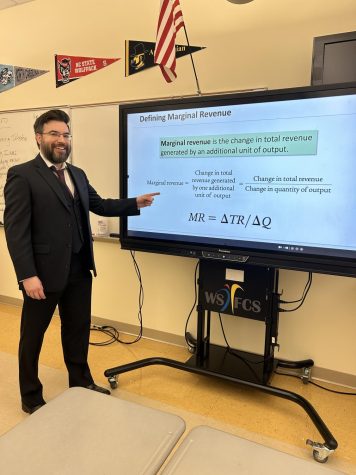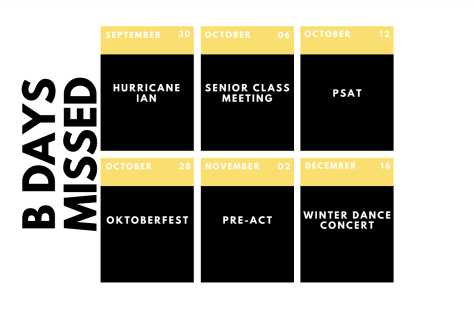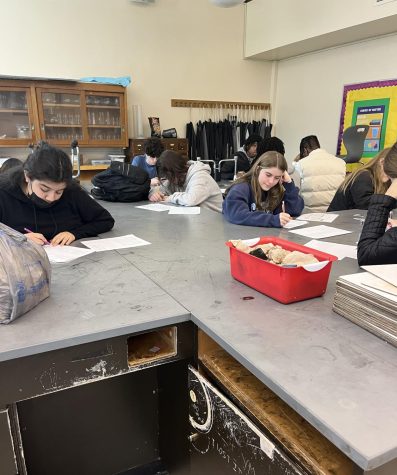Interim Chancellor focuses research on advancements in brain trauma
June 23, 2019
Editors Note: This article was written as an assignment at the North Carolina Scholastic Media Institute.
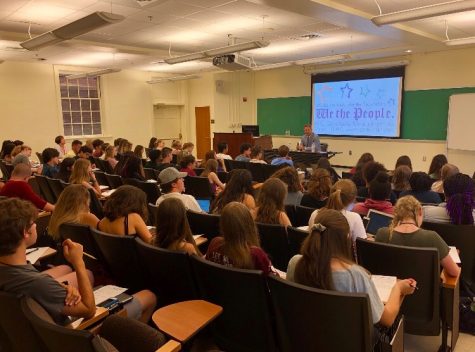 It is a hot August day in 2008 and Matt Gfeller is stepping on the football field for his first varsity game for RJ Reynolds High School. During the game, Gfeller went for a tackle and ended up in a head to head collision, one that he would never recover from. Gfeller never got the chance to walk off the field, and he tragically died two days later in the hospital.
It is a hot August day in 2008 and Matt Gfeller is stepping on the football field for his first varsity game for RJ Reynolds High School. During the game, Gfeller went for a tackle and ended up in a head to head collision, one that he would never recover from. Gfeller never got the chance to walk off the field, and he tragically died two days later in the hospital.
The death of Gfeller, and other players who have died from traumatic brain injuries, have prompted studies and advancements in the treatment and care of concussions.
The interim chancellor of the University of North Carolina at Chapel Hill, Dr. Kevin Guskiewicz, is one such researcher. He came to talk to student journalist at the North Carolina Scholastic Media Institute this June about his research in traumatic head injuries and his time at UNC Chapel Hill.
Once the floor was open to questions from the journalists, the topic soon turned to his research on concussions and head trauma.
A topic surrounding many high school and college athletic programs is concussions. Guskiewicz answered questions and discussed his groundbreaking research and the measures put into place to improve the lives of athletes.
“Our goal is always to try and find ways to improve safety,” Guskiewicz said about the advances happening in the world of sports medicine. “It’s never been safer to play a sport than today, especially football.”
Guskiewicz worked on gathering data related to concussions for years. By putting sensors into the helmets of football players, it became easier to understand the dangers of head on head collisions, like those that occur during kickoff.
“We had 11 players running at 11 players, colliding, and we saw high incidence of concussions on that play type and we saw a high magnitude of impacts,” Guskiewicz said. “So those sensors can measure the location of the impact, the severity of the impact and also the number of times that a players head is impacted.”
The data collected from these sensors was compiled and used to make a recommendation to the National Football League. This recommendation resulted in the kickoff line being moved up five yards to minimize the running start that players had. These changes had tremendous effects on the lives of athletes.
“We reduced the number of return kickoff-kickoffs in a season by about 30 percent, and also reduced the number of concussions on the kickoff by nearly 50 percent,” Guskiewicz said.
The research was also utilized to establish the Concussion Return to Play Protocol. This protocol is used by high schools in North Carolina and is a step by step program that works to clear an athlete to come back to play.
“The concussion protocol…prevents a kid from returning, an athlete from returning back to play the same game as a concussion and going through a protocol of balance testing and cognitive testing for several days to ensure that they’re ready to go back and play,” Guskiewicz said.
Most schools hire their sports medicine staff through their coaches and athletic department. UNC ensures that their staff is equipped with professionals who are hired by a trained medical staff.
“We’re proud here that…our sports medicine staff is hired and supervised not by the Athletics Department or by coaches, but by campus health and by physicians,” Guskiewicz said.
Chancellor Guskiewicz knows there is more progress to be made in the world of concussions, but he is confident in the approach that UNC is taking, and the approach that more schools are beginning to take: educate and prevent.
“I tell people that concussions are like snowflakes,” Guskiewicz said. “There’s no two alike. And so we can’t use a cookbook to manage them. And so it does take a lot of these individual conversations with our athletes around concussion to try to manage them.”
While the deaths of young players like Matt Gfeller cannot be erased, tragedies like the one the Reynolds community experienced undoubtedly helped pave the way for passionate young researchers like Chancellor Guskiewicz real progress in the area of sports medicine. As more people learn about the dangers of traumatic brain injuries, the preventative measures continue to advance.






